An historic Rías Baixas winery, Fillaboa is one of the largest and most beautiful estates in Galicia. Located near the Portuguese border in Salvaterra Do Miño (Pontevedra), between the Tea and Miño rivers, the 17th Century estate sits on an 182-acre property framed by an old world stone wall and a stunning 15th Century Romanesque bridge. The property encompasses a traditional manor house and an abundance of natural plantings, from magnolias to cork trees, and, of course, vineyards dedicated to 100% Albariño wines. Fillaboa is known for terroir-driven wines that reflect the legacy of their singular estate.
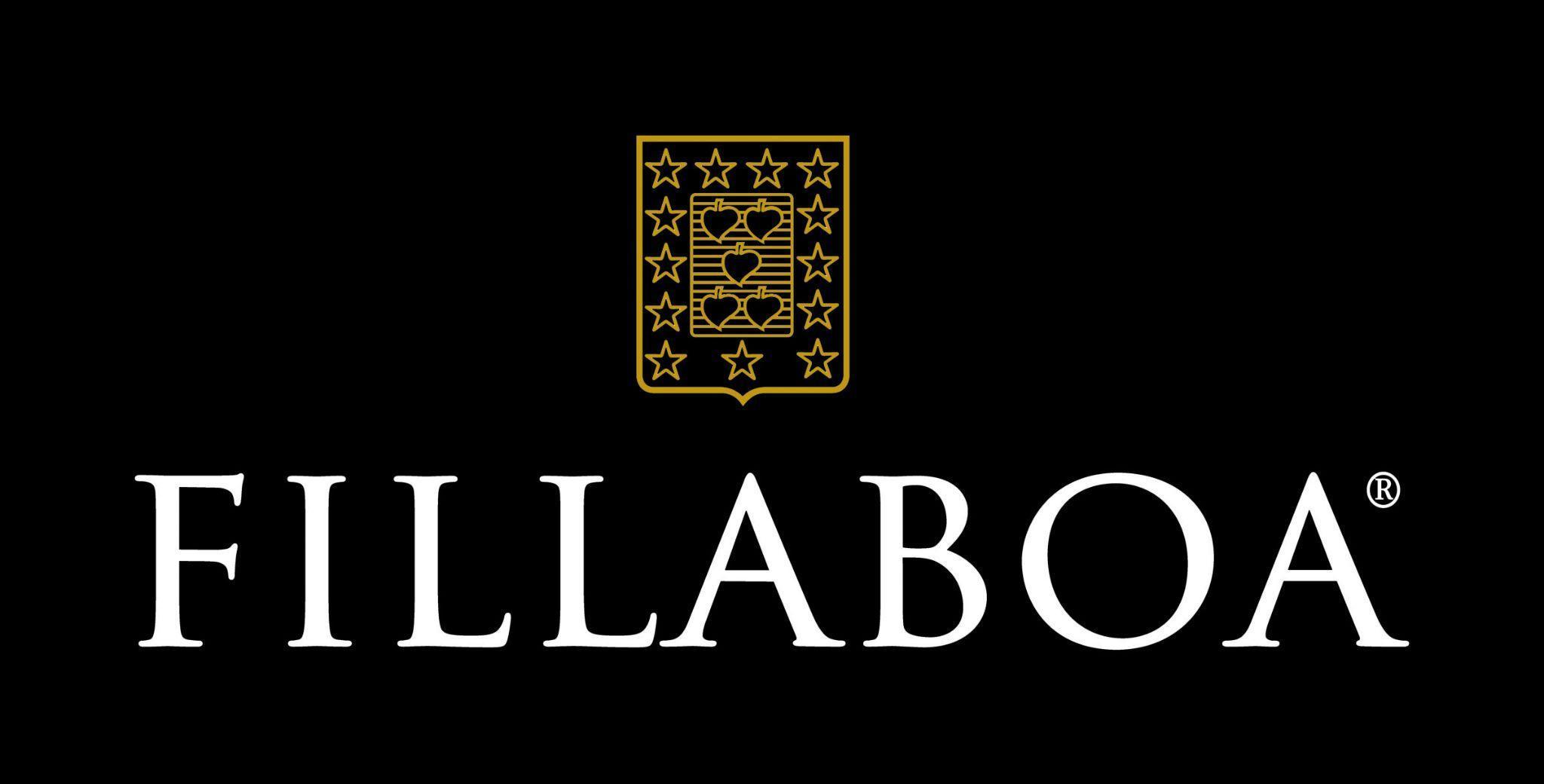

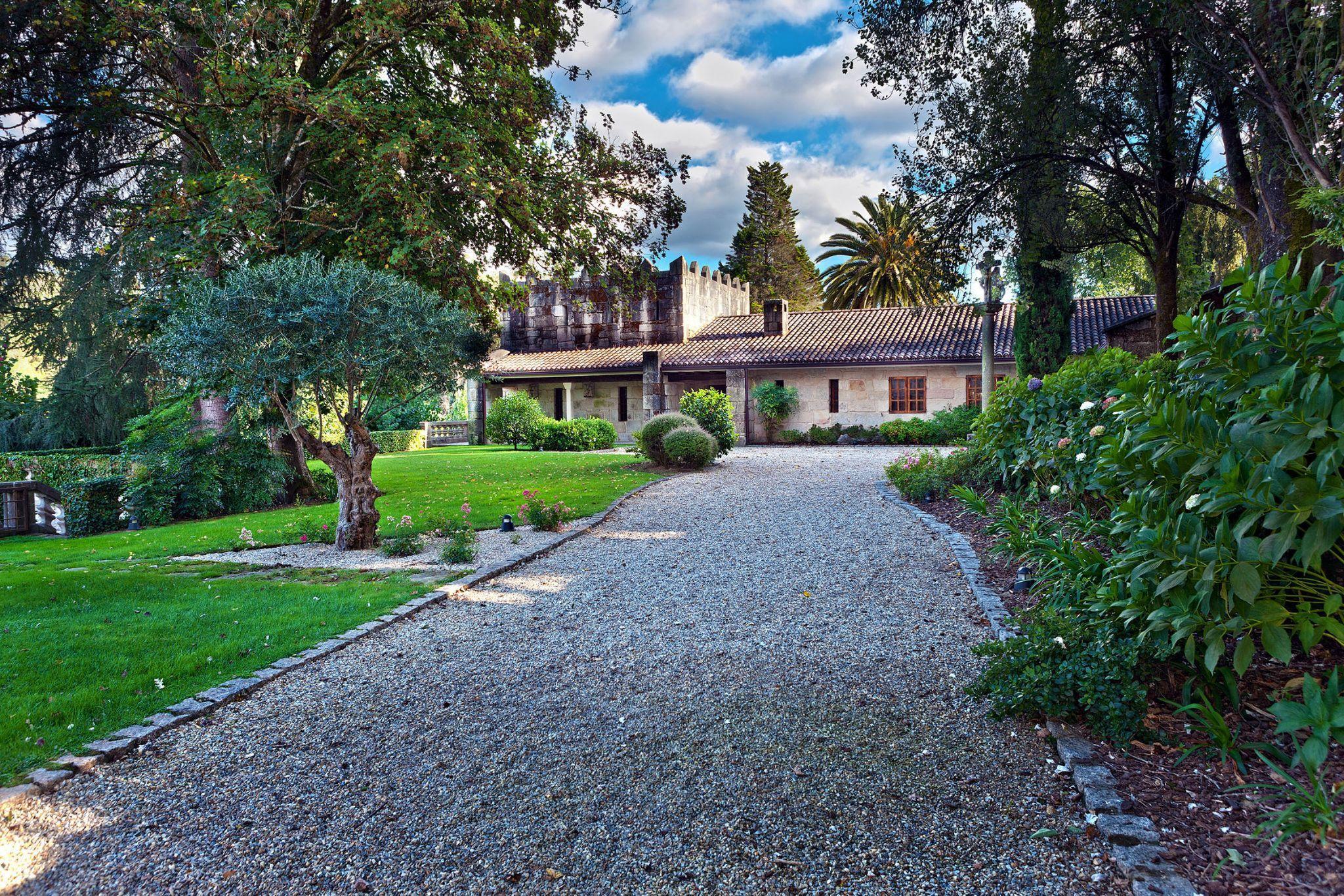
SINCE�2004
KEY�FACTS
CLIMATE: Atlantic.Mildtemperatures,and abundantrainfallintheautumnandwinter months
ELEVATION:�Upto492feet(150m)





SOILS: Graniteandalluvialwithriverstones. Sandyloamtexture
VINE:� 124acres(50ha),dividedinto12 south-facingparcels.112acres(45ha)are GPEapproved
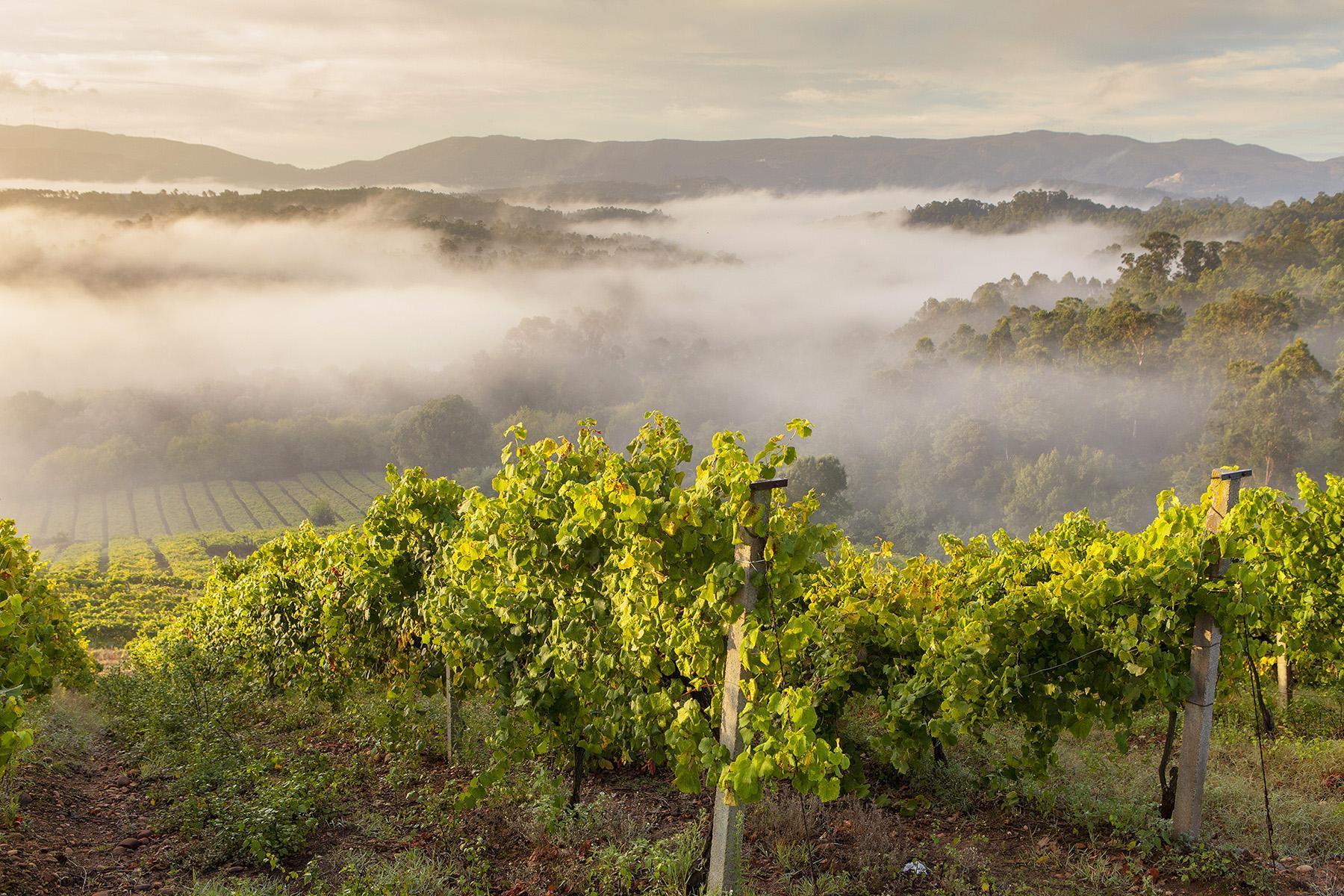

KEY�VARIETAL:�100%Albariño
ECO: Committedto biodiversity, vineyardsareinterspersedwitholivetrees andgardens

INNOVATION: Pushingthelimitsof aginginAlbariño,encompassingunoaked winethatshowcaseanagedstyle
HISTORY
According to winery lore, 2,000 years ago, when the Romans first passed through the Fillaboa property they immediately knew the vines were special. Grapes have been cultivated here for generations, including for wines sent to the Pope. In the years that followed, illustrious tenants cared for the land, committed to preserving its magic. In 2001, the Masaveu family purchased Fillaboa and expanded the estate and its production.
SUSTAINABLE�VALUES
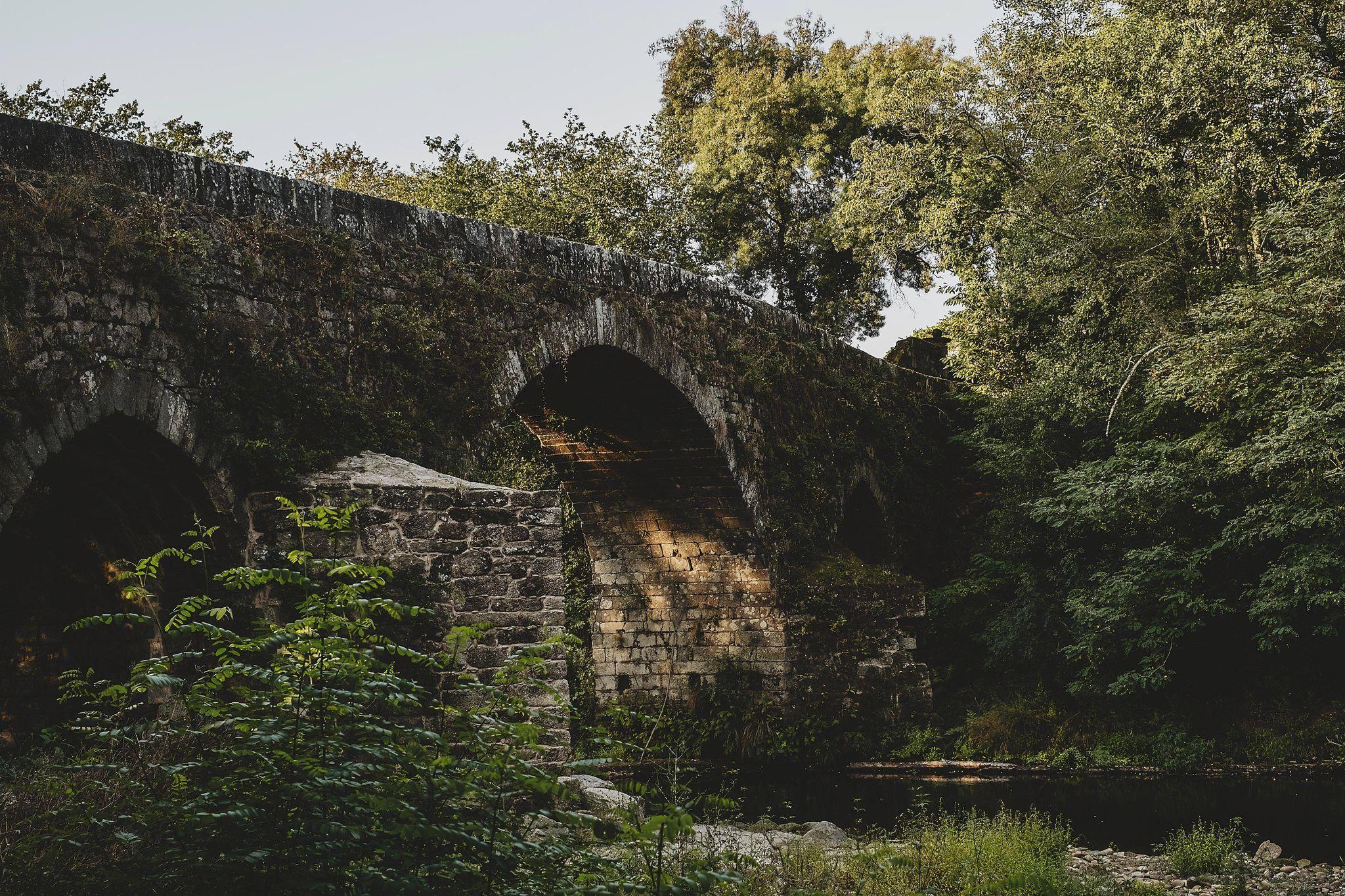
AtFillaboa,thenaturalworldsurroundsyou. In an effort to protect the groundwater and nearby rivers, Fillaboa developed a wastewater treatment plant that cleans and processes all water in the winemaking process. The winery uses ultraviolet light to eliminate possible microorganisms present in the water and a phytobacteria system to decompose viticultural treatment products through natural microbiological action Theytreatthewaterfortheirownusewithin the winery, but also to make sure any water that goes back into the ground is free from pollutants.
THE�TEAM
Fillaboa is owned and operated by the Masaveu family, whotracetheirwinemakinghistorybacktotheirancestor Don Federico Masaveu Rivel who first owned vineyards in the mid-19th century in Catalunya. José Masaveu Herrero is the CEO of Masaveu Bodegas and has worked in the winesectorforover20years.
Isabel Salgado has been Fillaboa’s winemaker for 24 years and has been making Albariño wines for 28 years. With Albariño in her veins, she is driven by the the uniquely diverse terroir of Fillaboa and the magic of Galicia.
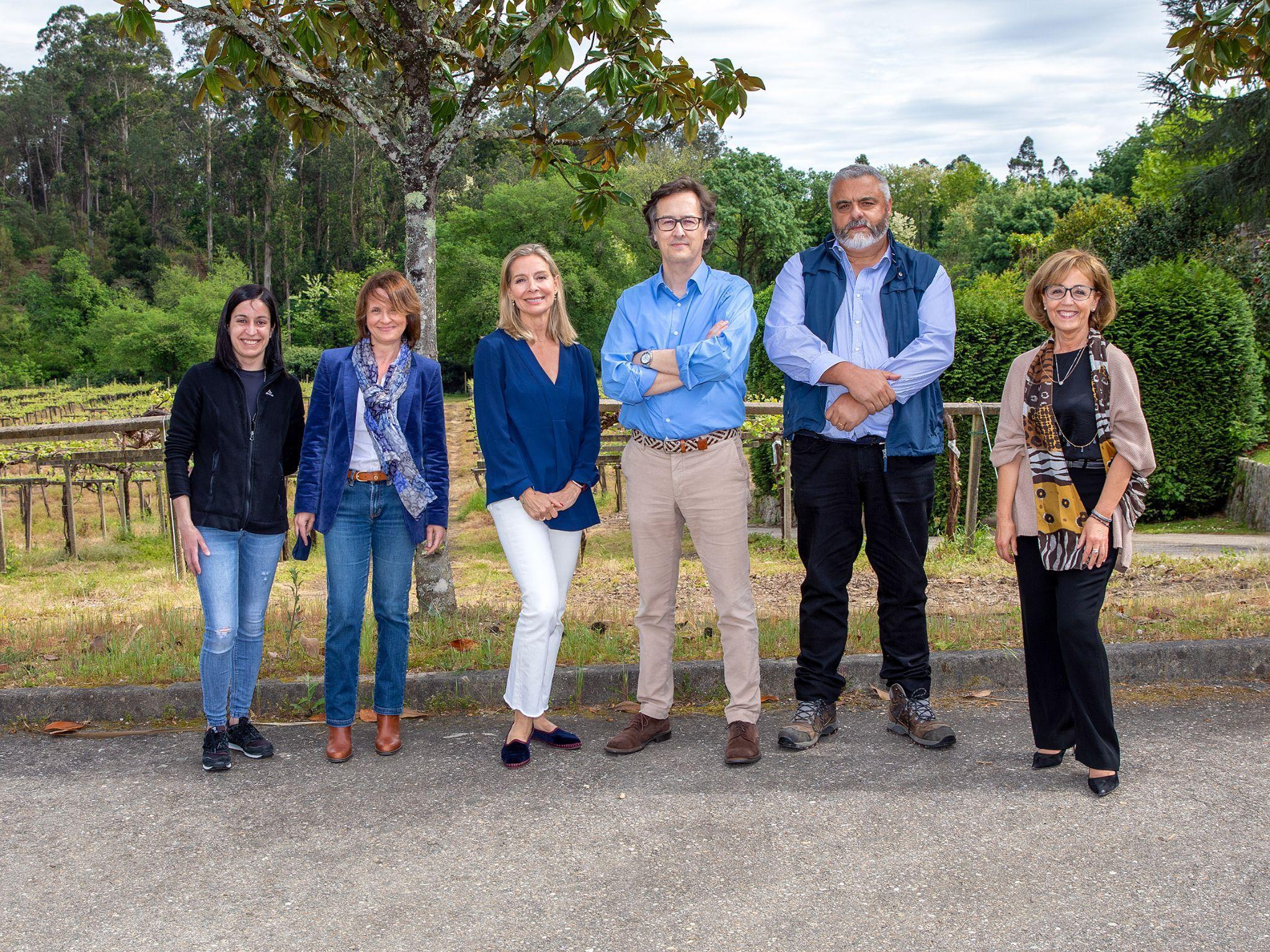
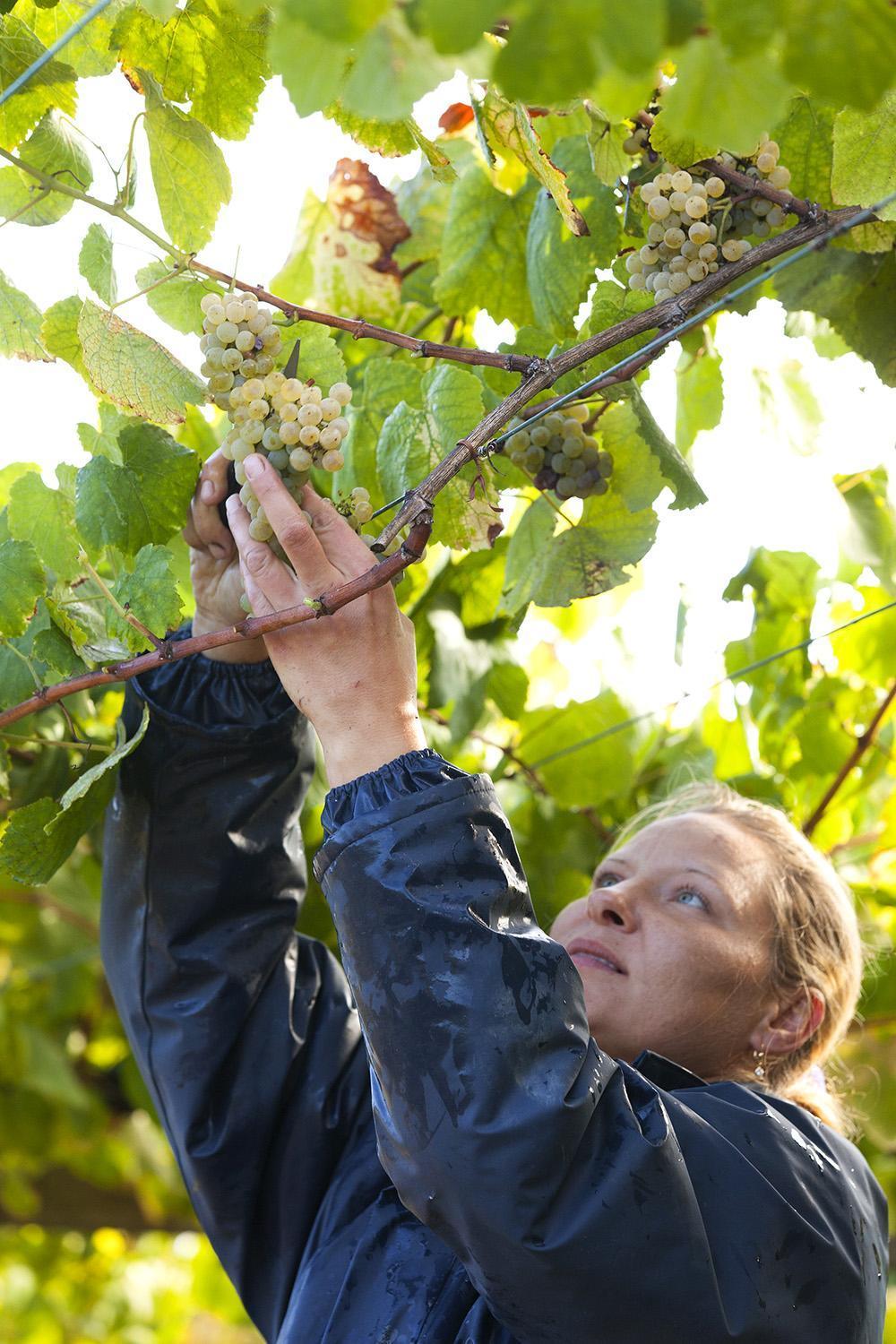
TERROIR



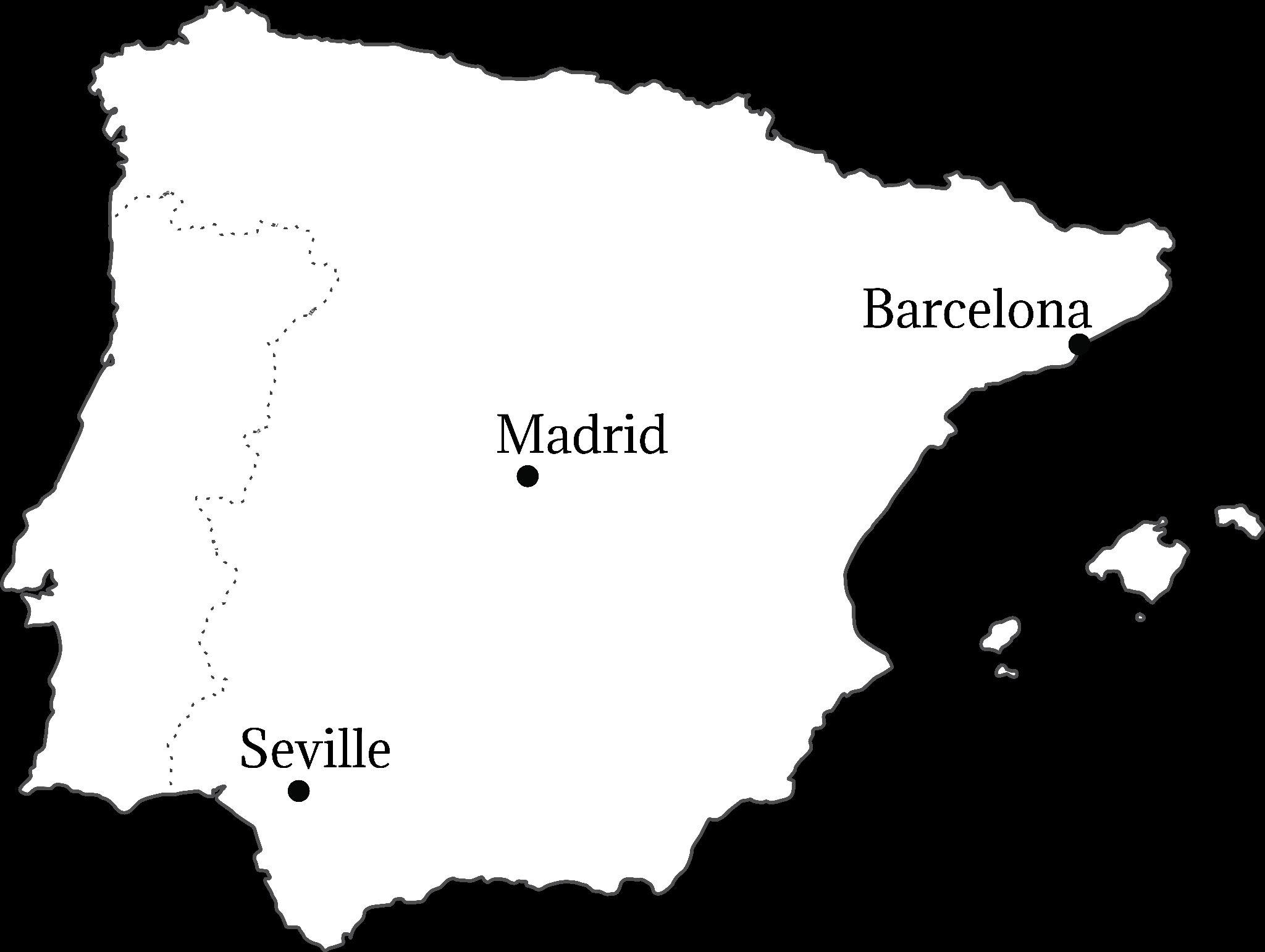
Fillaboa’s terroir is defined foremost by its rolling hills near the Miño and Tea rivers, home to a range of animal life and vegetation including alluvial forests and Atlantic wet argan. Decomposed granite called xabre in Galicia predominate with sandy loam texture and river stones throughout, producing exceptionally clean, aromatic wines. The acidic soils reinforce Albariño’s refreshingacidityandthesandycompositionfacilitatesdrainage.
An exhaustive soil study conducted in 2017 has enabled Fillaboa to identify and cultivate twelve distinctparcelstorealizetheirfullpotential.
Located in the Condado do Tea subzone of Rías Baixas, Fillaboa benefits from an Atlantic influence with abundant precipitation in autumn, winter and spring. While the fall and spring is temperate, summer temperatures can reach as high as 104°F (40°C) with ample diurnal temperature shifts. Due to the relatively higher temperatures of this subzone, Albariño has a distinct aromatic profile with pronouncednotesofstoneandtropicalfruits.
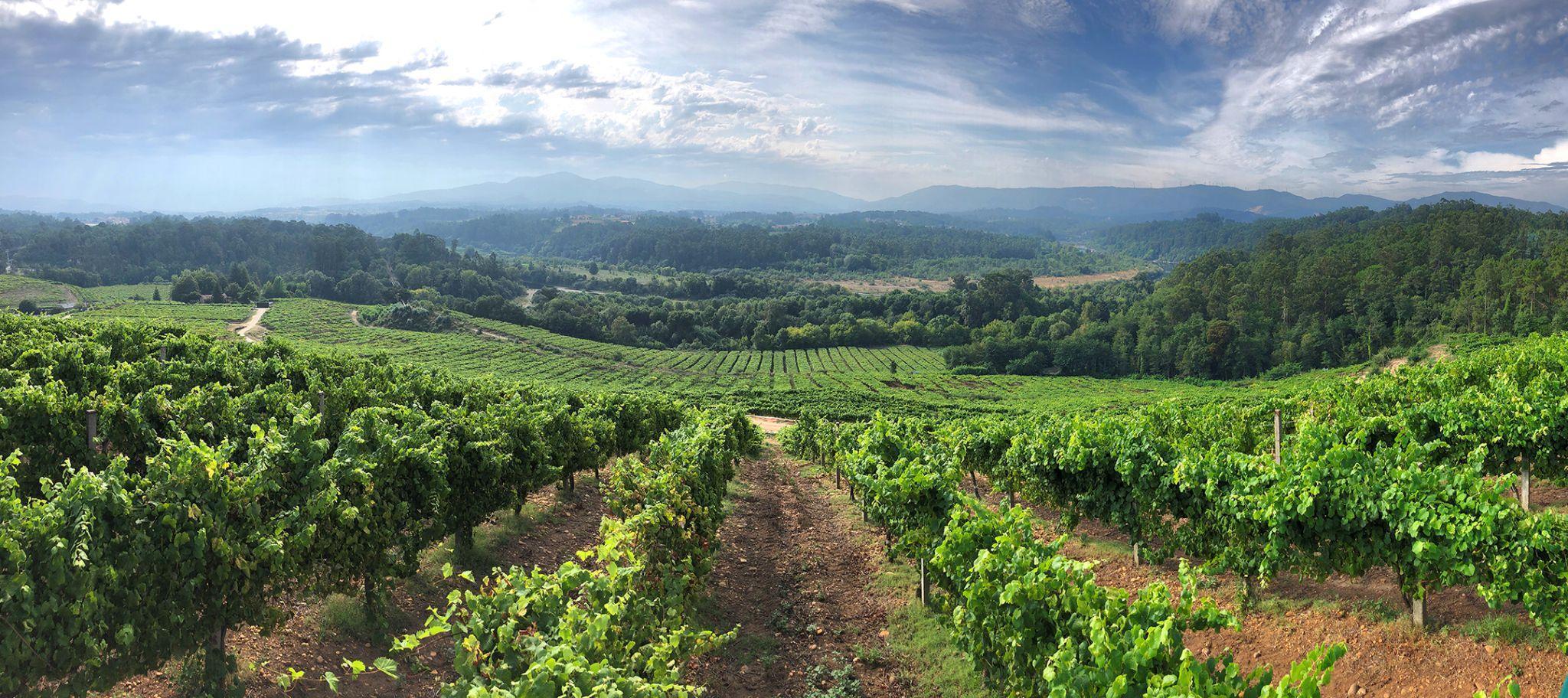
VITICULTURE�&�WINEMAKING

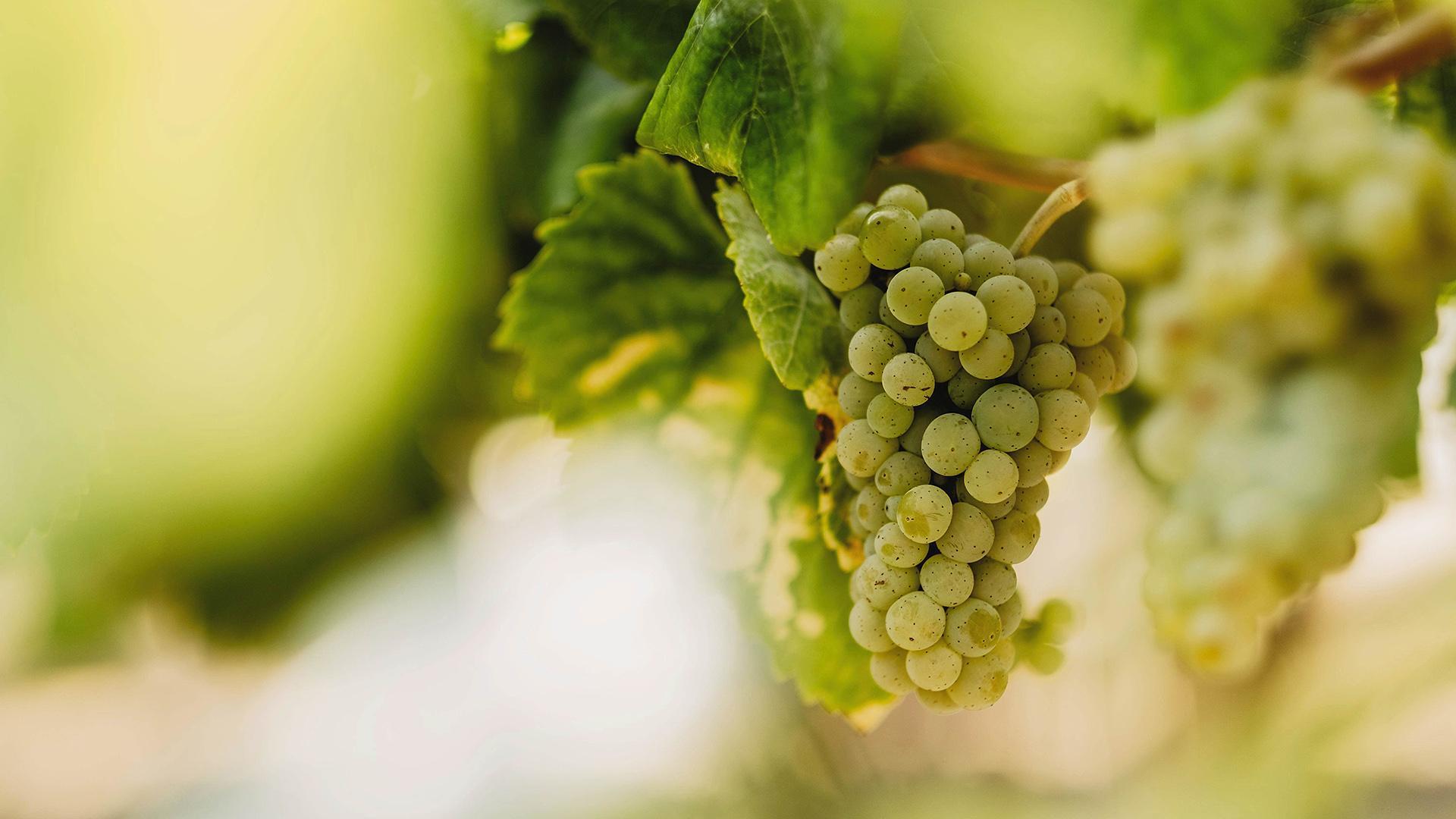
ALBARIÑO Bodega Fillaboa produces wine that expresses the subtlety and depth of their terroir. Albariño, the renowned native grape of Rías Baixas, shows complex aromatics and beautifully structured acidity that make memorable, elegant wines.Fillaboaisfermentedinstainlesssteeltanksandagesonfineleesfor6months,lendingtextureandcomplexity.Due tothestrongbackboneofalcoholandacidity,Albariñoagesexceptionallywell,gainingdepthandcomplexityovertime.
ARTISANRY All wines are produced in small volumes from unique parcels and vinified separately, ensuring care and attention is maintained at every step. Operating with a philosophy of minimum intervention, they use only native yeasts in fermentation.Thewinesarenotclarifiedandminimaldosesofascorbicacidandsulphuraretheonlyproductsadded.Due totheripenessofthegrapes,thewinesusuallydonotgothroughmalolacticfermentation.
FINCA MONTE ALTO TheprizedMonteAltopago,whichfeatures17acres(7ha)ofvineyardthatsitatthehighestpointof theestate,isespeciallynoteworthy.BenefittingfromastrongAtlanticcharacter,thisemblematicplotlies492feet(150m) abovesealevel.ProximitytotheMiñorivergivesthesoilasandy-loamtexturewithlotsofpebbles,idealforcultivation. The winesmadefromthisparcelareextremelylimited–Fillaboaproducedunder1,000caseslastyear.
Fillaboa trellises many of the vines with the traditional parra system, which elevates widely spaced vines up to 7 feet (2 meters) off the ground on traditional granite pillars, allowing air to circulate and preventing mold and rot from developing in the humid conditions.
FACT
Due to the unique combination of it’s mild Atlantic climate and well-drained soil, Fillaboa is an ideal site for the native Albariño to thrive.
How�is�the�terroir�reflected�in�the�wines� of�Fillaboa?
The Albariño cultivated in Fillaboa vineyards shows ripe fruit like pineapple and citrus, and balanced acidity when young. The Atlantic influence, southern hillside exposures, granitic and alluvial soils and lees-aging produce wines rich in substance that evolve and age without the intervention of oak. The acidity will continue to support the palate and the aromaticsforyearstocome.
Fillaboa prides itself on balanced wine. Foregoing any malolactic fermentation, the acidity instead balances the alcohol, producing exceptionally drinkable wines thatmaintaintheircomplexitywithage.
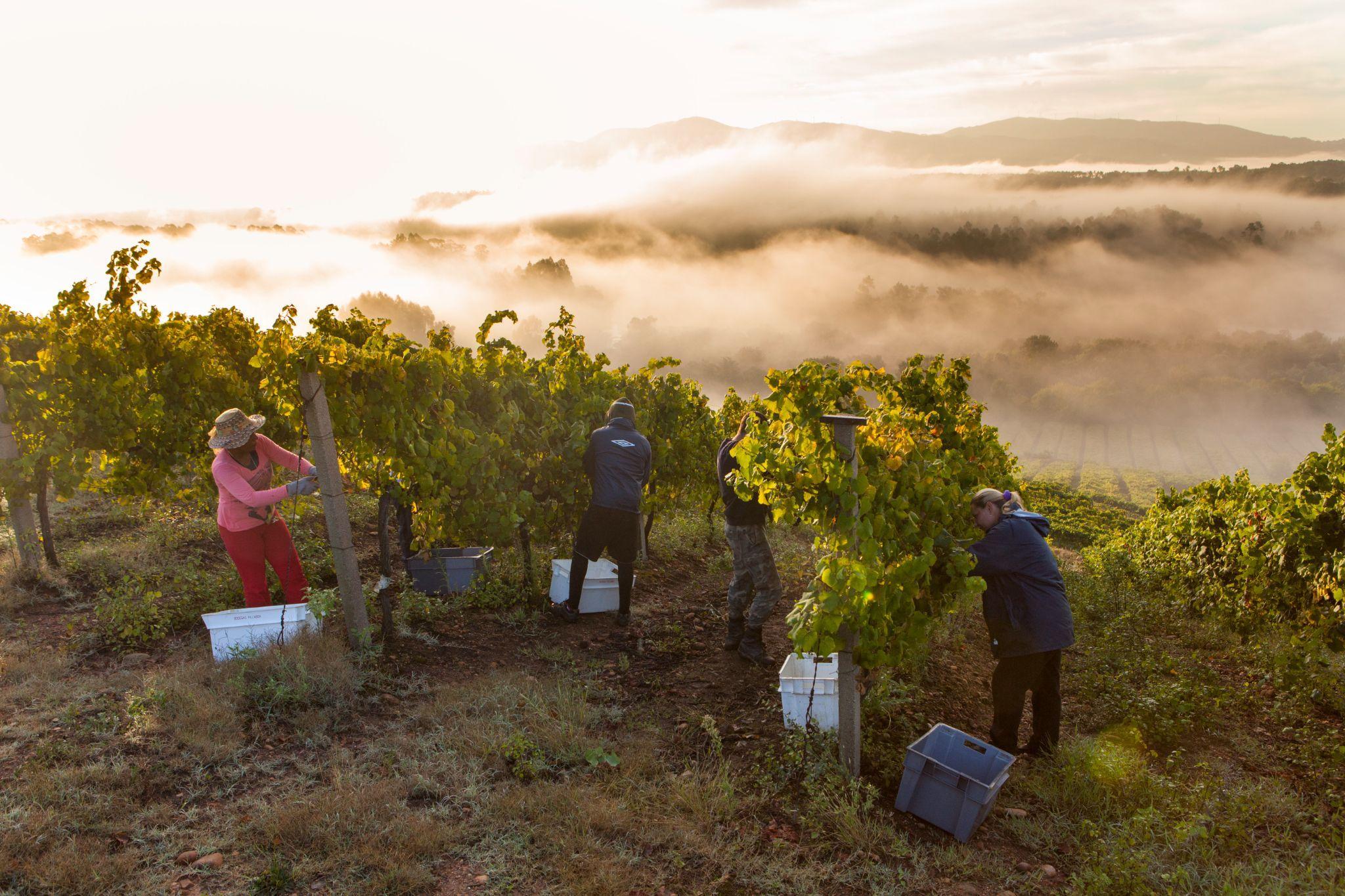
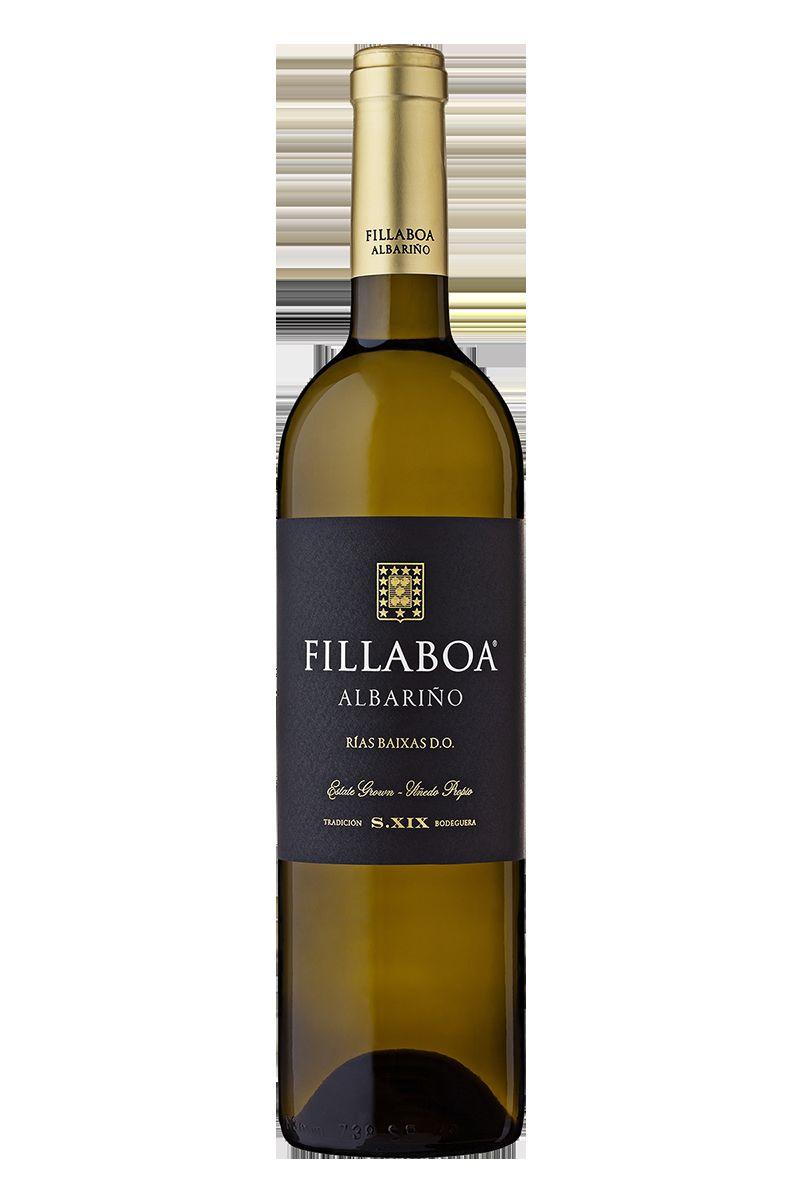

BODEGA�FILLABOA� PORTFOLIO:
Fillaboa Selección Finca Monte Alto, Fillaboa, Fillaboa 1898
Singularities�of�the�winery
Fillaboa is the largest estate in Pontevedra province, and contains one of the largest single extensions of vineyardinallofDORíasBaixas.Arareexampleofa château-stylewineryintheregion.

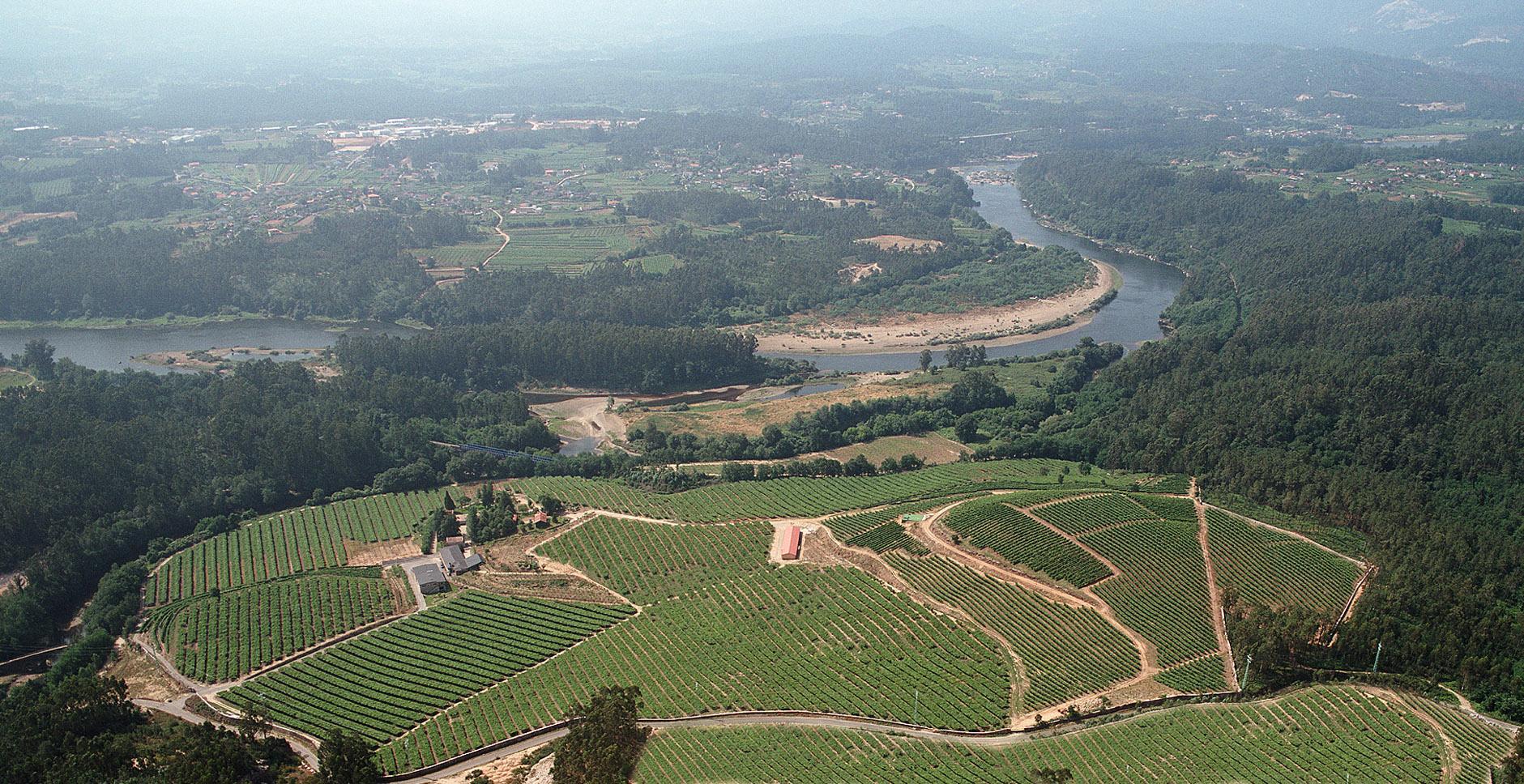
Vinification



12 months on the lees in stainless steel tanks
Good�to�know
Limited production, aging potential of 5-8 years
from 18-31 years. Aging potential up to 3 years
Contact:�Teresa�Muñoz
tmunozv@bodegas.masaveu.com
A young winery in heart of Basque Country, Astobizaiscommittedtohighlightingthewinemaking traditions of the Álava, while also adopting select global practices. Just a century ago, winemaker Xabier Abando’s father was making Txakoli at home for family and friends. Over time, that production grew to the full-timepursuitofmakingexceptionalTxakolithatstandsoutintheinternationalmarket.Recognizedfortheir innovation and quality by everyone from Jancis Robinson to Decanter Magazine, Astobiza now produces terroir-driven winesthatreflectboththehistoryandfutureoftheÁlava.


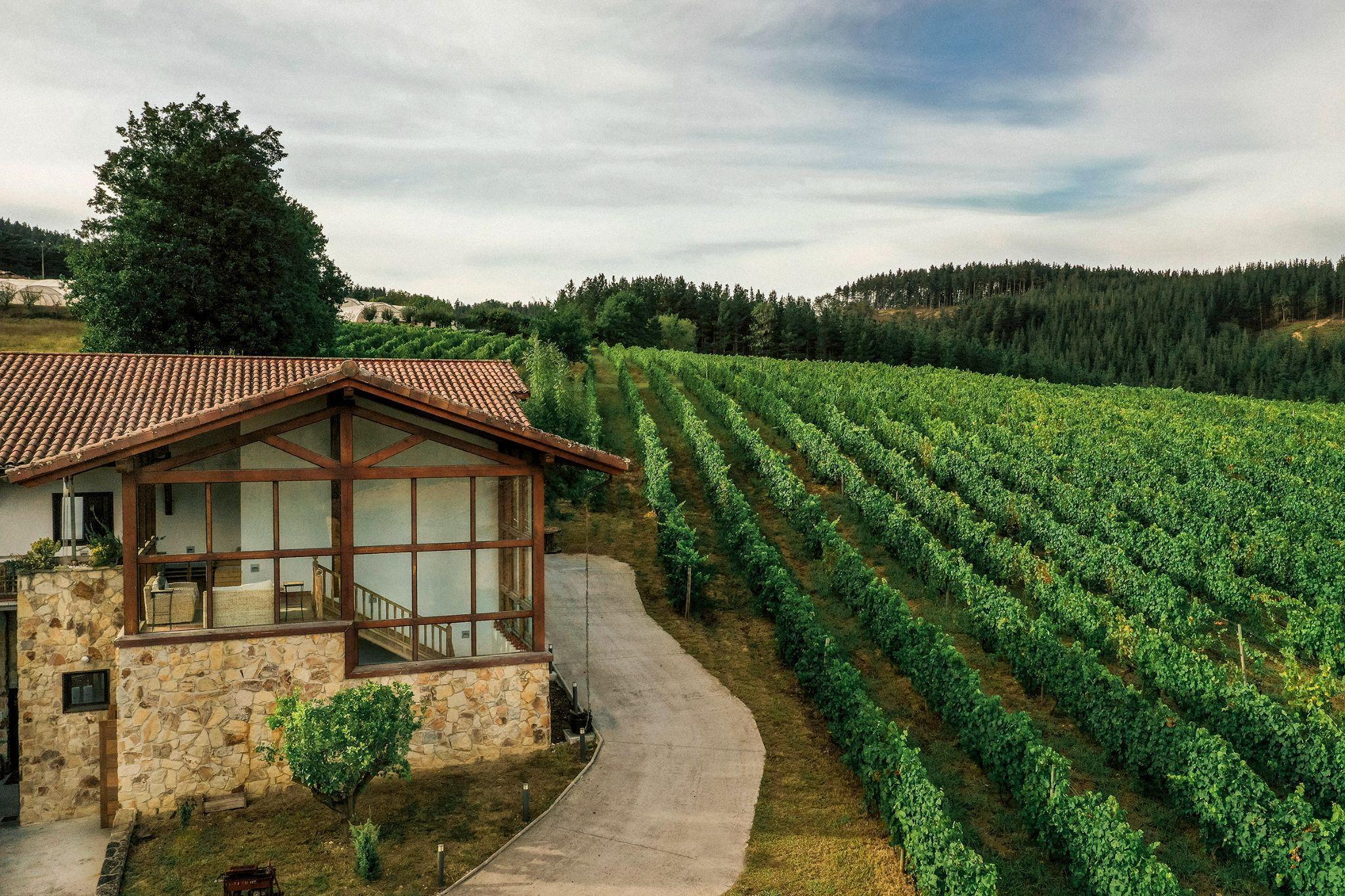
SINCE�2019
KEY�FACTS
CLIMATE: Atlanticwithcontinental influencewhichprovidesmorehoursofsunand lessrain
ELEVATION:�820feet(250m)
SOILS: Primarily clayloam,characterizedby alternatinglayersofhardrock(limestones, slates)andsofterrock (marlsorshales)

CLASS: DO TxakolideÁlava
VINE: 17acres(7ha)plantedacross7 micro-plotsareGPEapproved
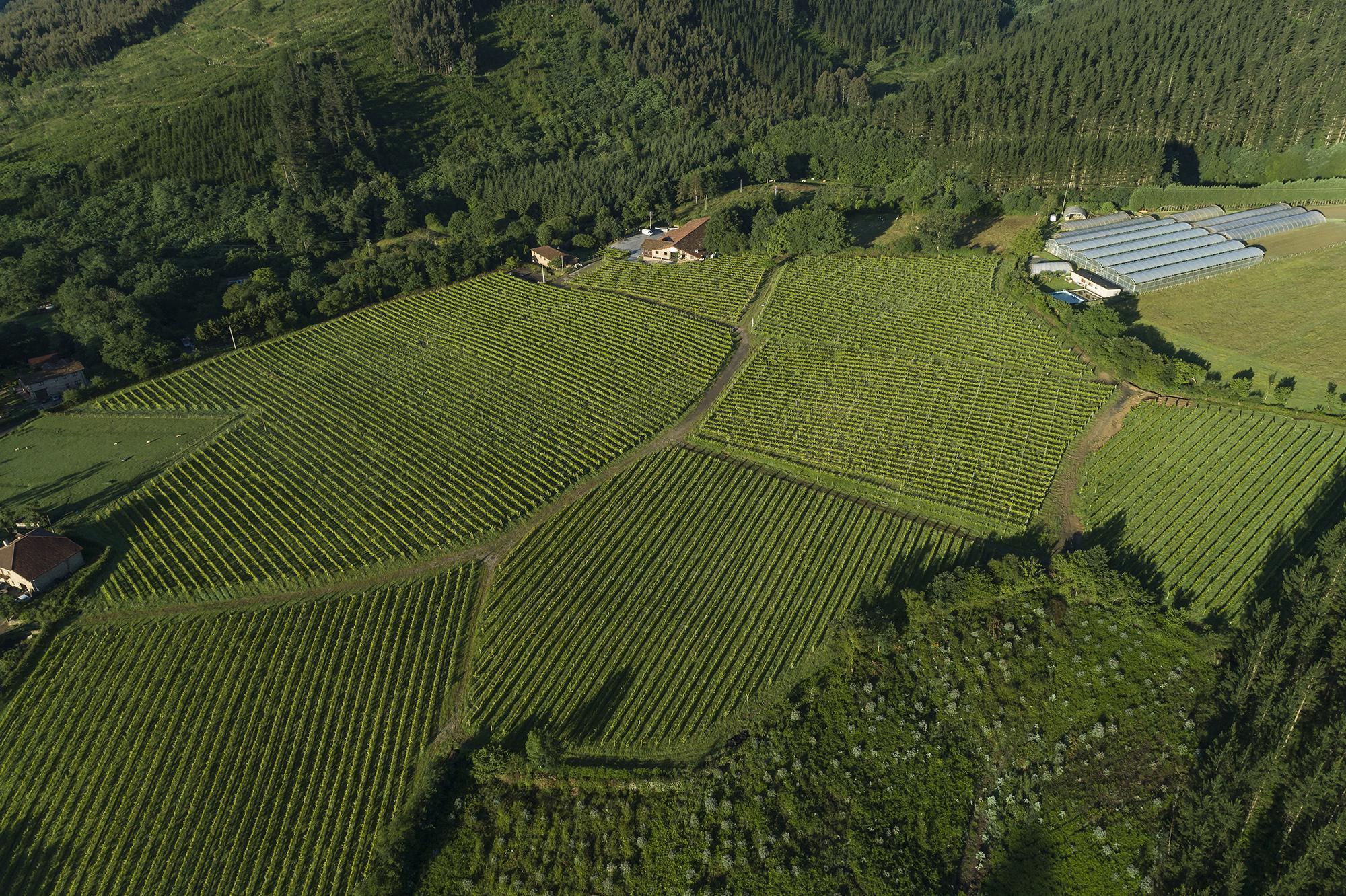
KEY�VARIETALS:�HondarribiZuri, HondarrabiBeltza, Izkiriota





ECO: Second European winery ever to achieve an Environmental Product Declaration certification


INNOVATE: Producingnewtypesof Txakoli
HISTORY
Astobiza may be a relatively new winery,but the wines are steeped in tradition. Wine production is likely to have started in the region as early as the 9thCentury, andTxakoli production dates back to the 16th Century. Making use of exclusively native varietals, Astobiza proudly embraces this rich history with a vision for the future.
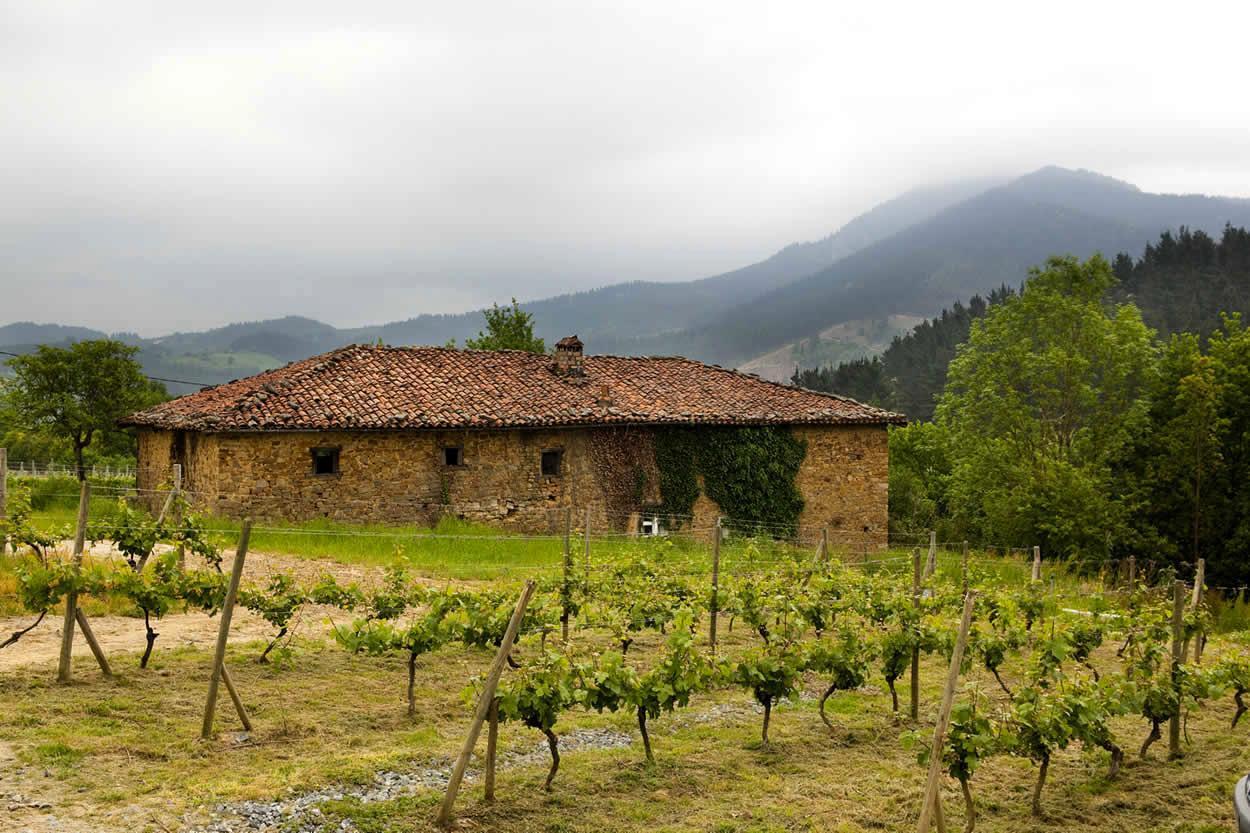
SUSTAINABLE�VALUES
Astobiza is committed to sustainability. They have also been monitoring their carbon footprint since 2014, taking steps to minimize environmental impact. In 2015 they became the second-ever European winery to achieve Environmental Product Declaration (EDP) certification, which means they have been audited according to ISO 14025 standards. Bottling in particular has been revolutionized, using recyclable sugarcane stoppers, water label inks, and capsules that are 100% aluminumandrecyclable.
THE�FAMILY
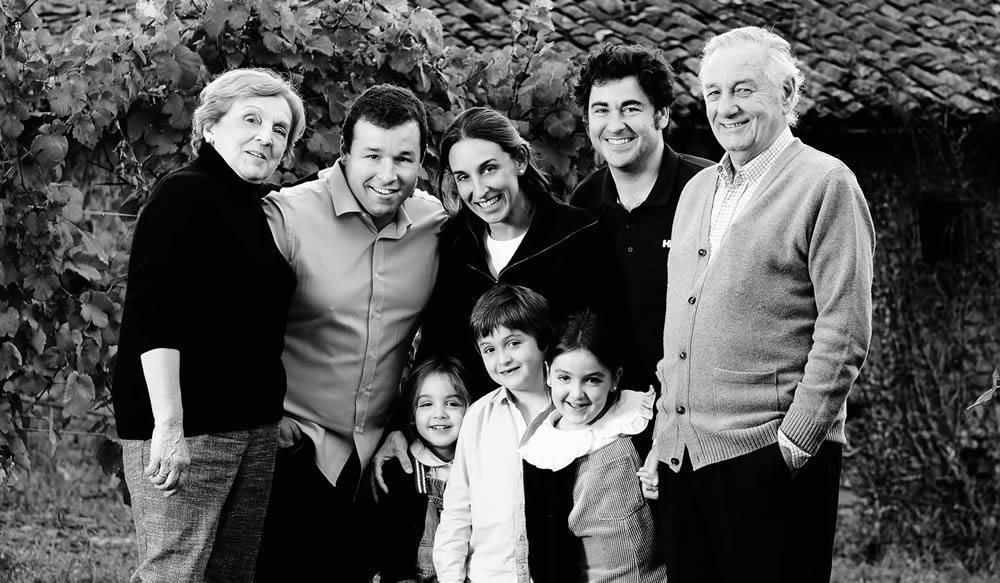
Astobiza is a family affair. The Abando-Moyua family is the driving force behind the winery: Xabier Abando is a passionate winemaker who tends to the wine from first growthtobottling,and hiswife BegoñaMoyua, knownas “theLadyofAstobiza”isXabier’sstaunchestsupporter.
The Astobiza family extends to their vineyard family, including local harvest workers. There is also Ayano, a formermanageratoneofJapan’stopwinebars,whofellin love with Astobiza’s wines and subsequently joined the team in Spain. Ayano now works with Astobiza’s Japanese importerinIroha.

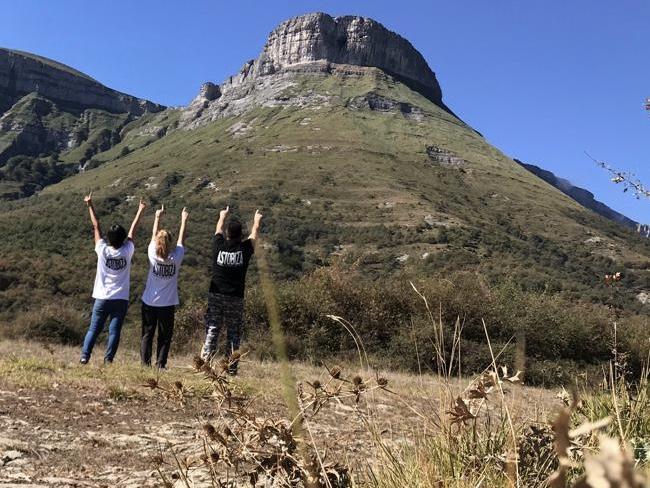
TERROIR

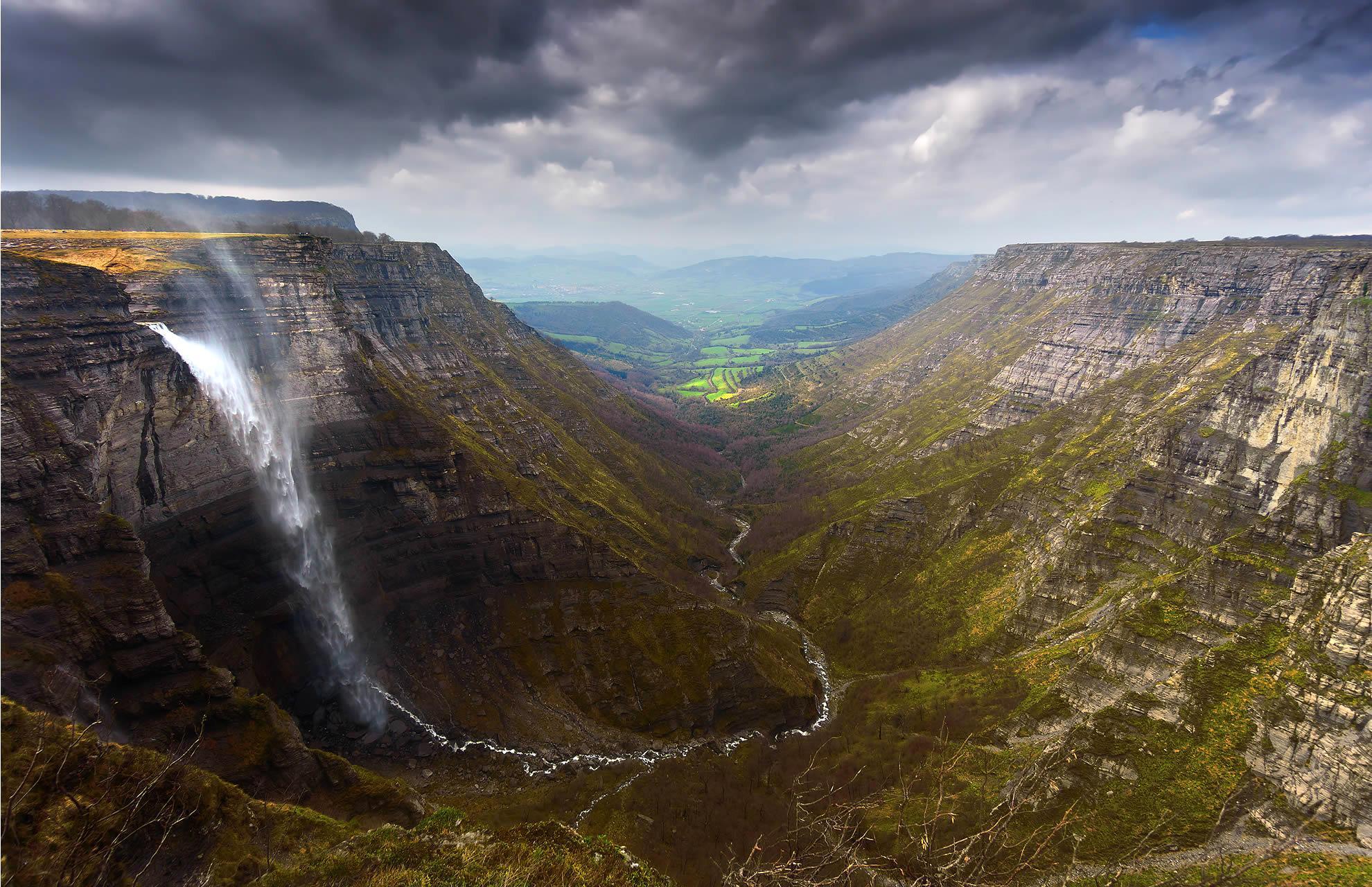

In the valley of Ayala, the vineyards are defined by an Atlantic climate with continental influence, low diurnal temperature shifts and a 62ºF (16ºC) average temperature during growing season. Off the valley floor but still protected by the surrounding mountains, the vineyards avoid damaging frosts and fog.
Marles in the soils are evidence of an ancient coral reef in the area, covered with more recent alluvial deposits. Deposits of slate and limestone are interspersed. Soil pH is neutral to slightly acidic. All are factors contributing to the freshness and notesofsalinityinthewines.
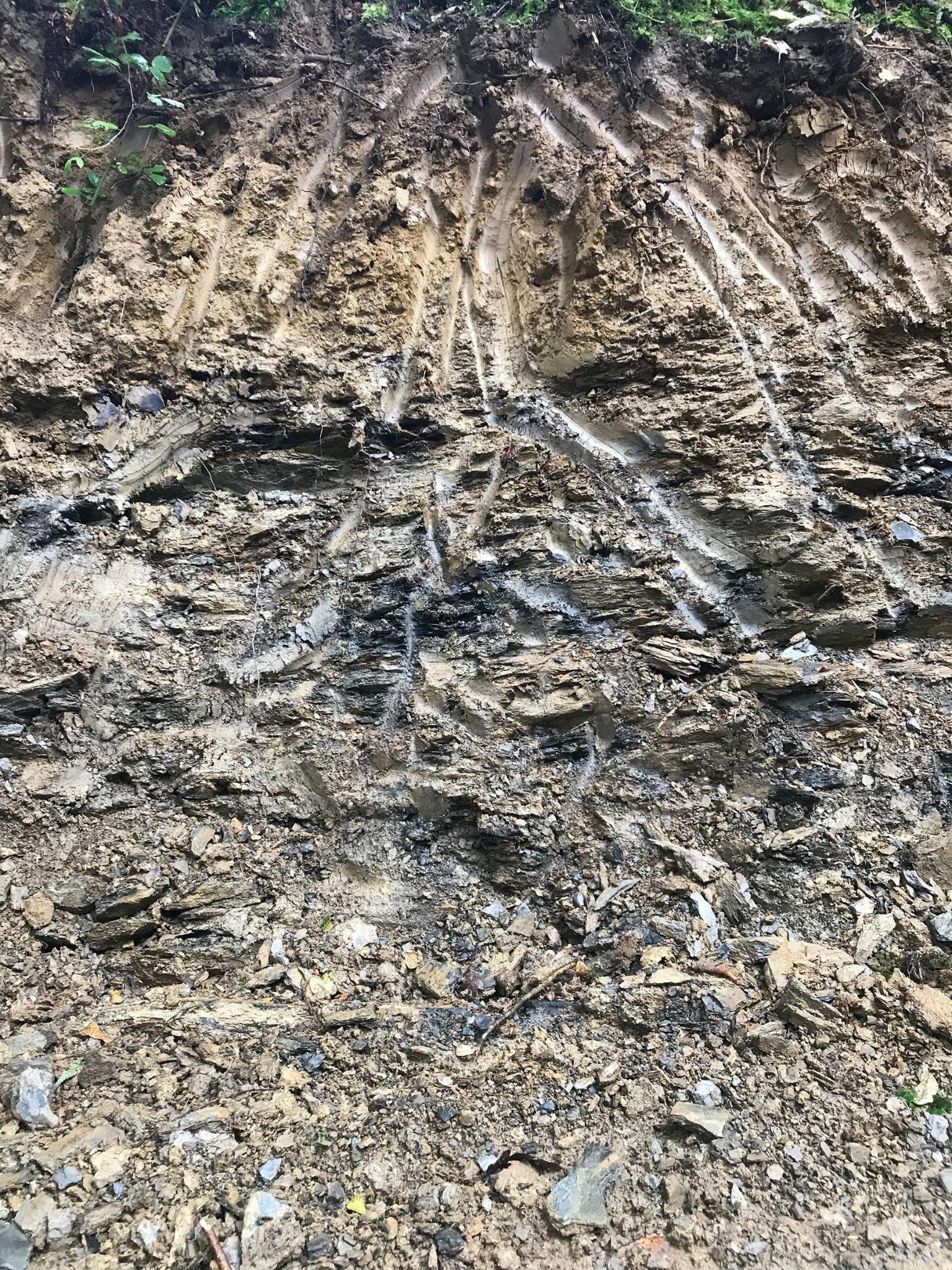
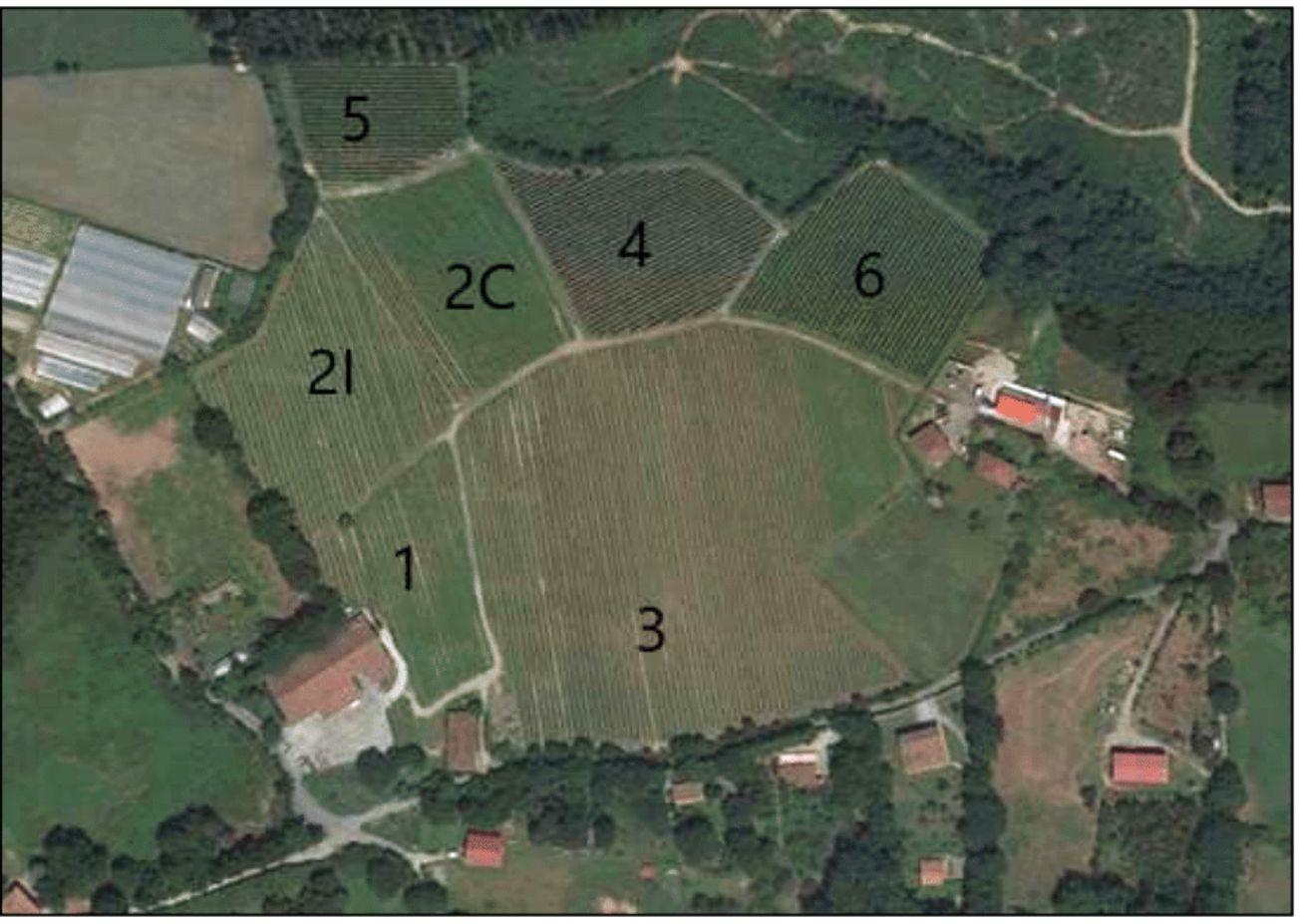
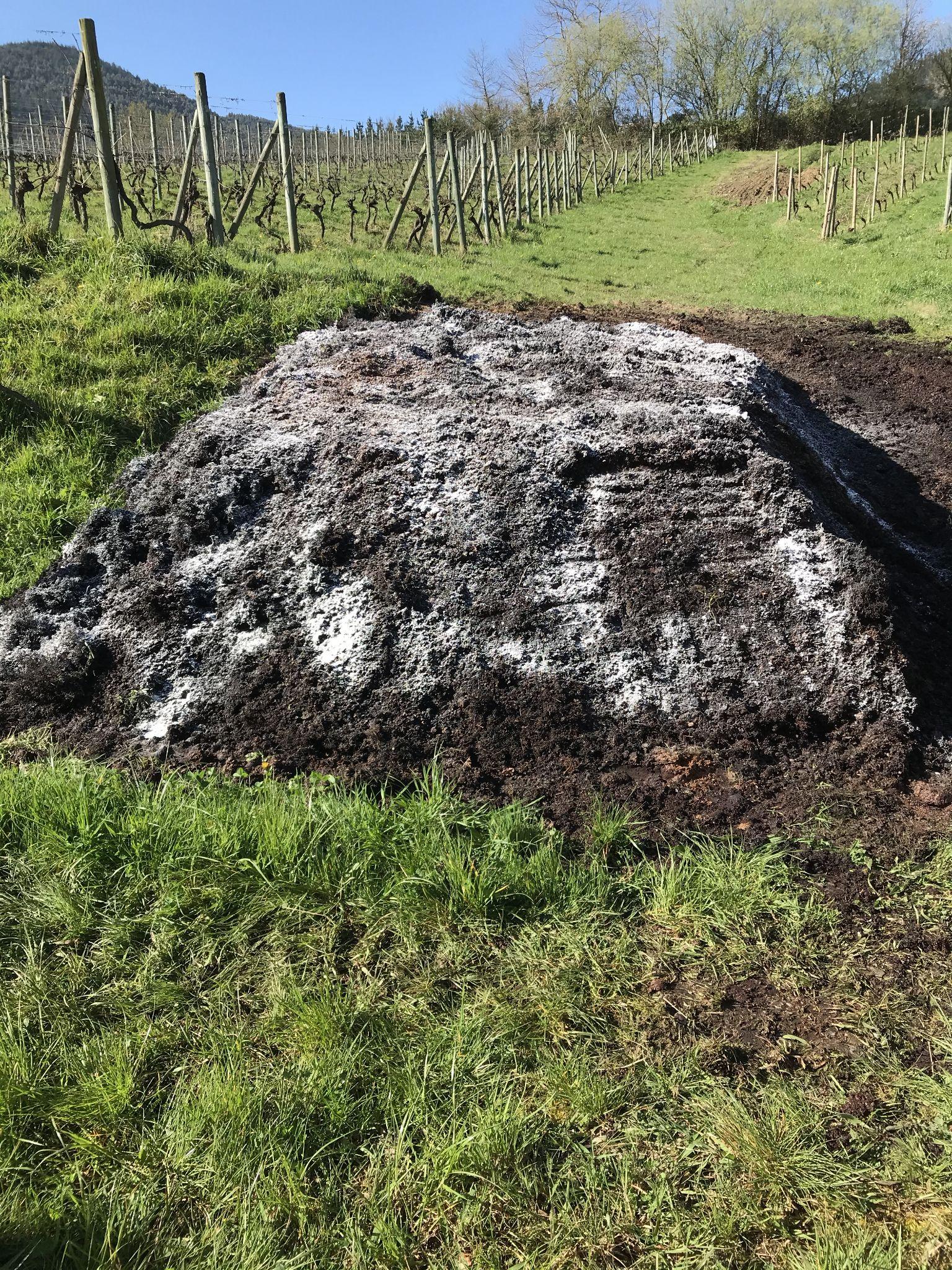
FACT
Astobiza takes special care of Plot 1, which contains some of the oldest vines on the estate, nearly 40 years old.
VITICULTURE�&�WINEMAKING
CARE FOR THE LAND
The rich biodiversity of Astobiza’s lands encourages healthy vines and contributes to the signature profile of their Txakoli. Theypracticeminimalmechanizationandencouragespontaneouscovercropstosupportgoodsoilmanagement.
NATIVE VARIETALS: TRADITION AND INNOVATION
Hondarrabi Zuri is the leading variety of Txakoli, accounting for 97% of Astobiza’s plantings. The size of the bunches and berriesaresmallwithahighproportionofskinandseeds,andthevinesareprunedindoubleGuyotforlowyields.Thecool Atlanticairproduceswineswithtautminerality, well-structuredacidityandaromasofpear,citrus,andfloralnotes.
Grapes are harvested and sorted by hand according to traditional methods. Dry neutral yeasts, cold maceration and controlled fermentations form the basis of their winemaking process. Among Astobiza´s innovations are vinifying Txakoli meanttoage.TheircuveeMalkoaistheonlyTxakoliagedinconcreteeggswithitsleesforaround20months,pushingthe boundariesoftraditionalTxakoliproductiontoadddepthandcomplexity.
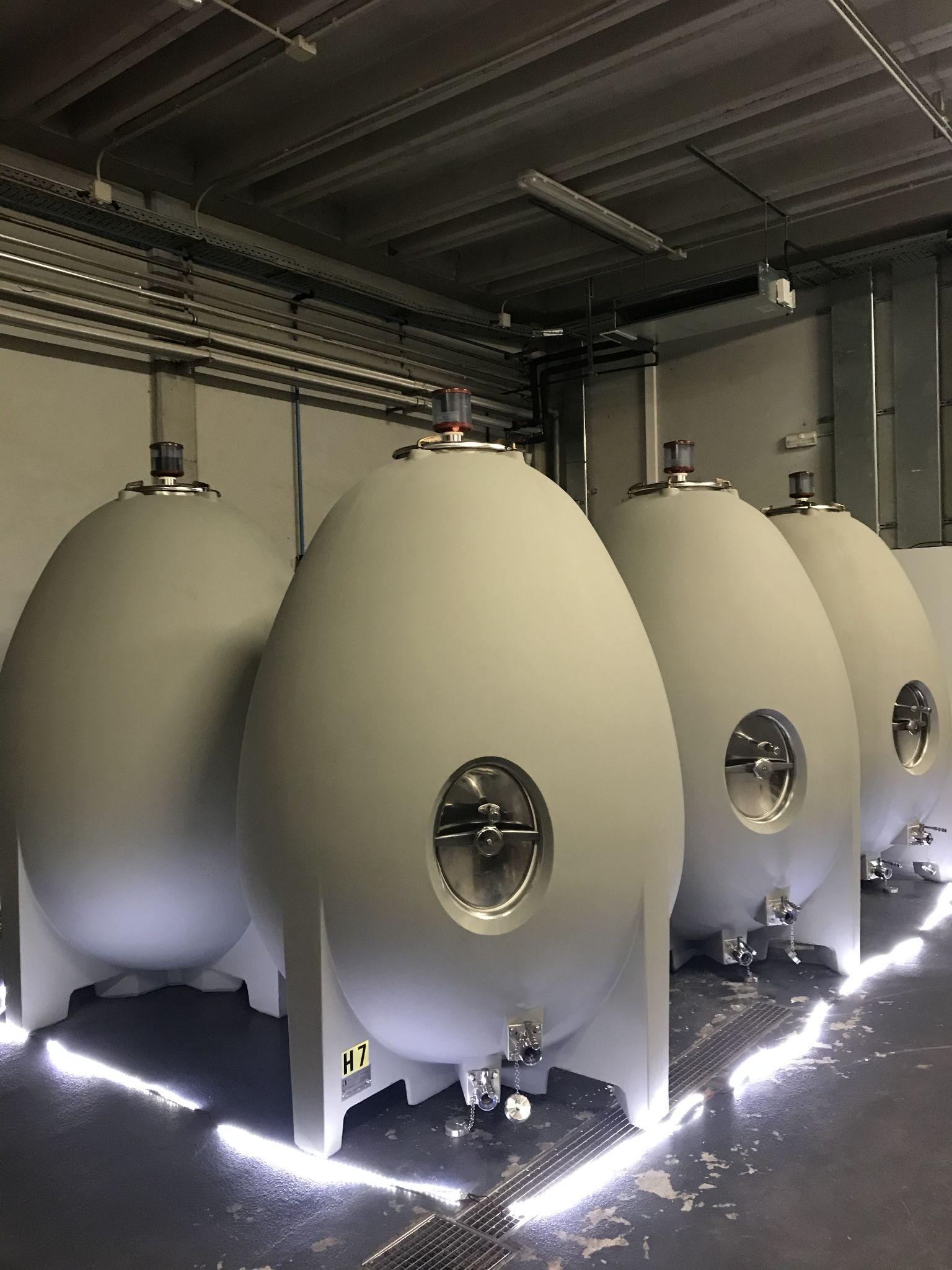

Astobiza also works to preserve lesser known local varietals like Izkiriota. Also known as Gros Manseng, Izkiriota has potential to produce wines with an intense flavor, high acidity and notes of apricot, quince, spices and florals. The timing of harvest plays a big role in the style of wine the grape produces. In Astobiza, Izkiriota is harvested late in order to produce their sweet wine. Hondarrabi Beltza –the red to Zuri’s white – has a similar focus on acidity and freshness, and forms the backbone of Txakoli red and rosé.
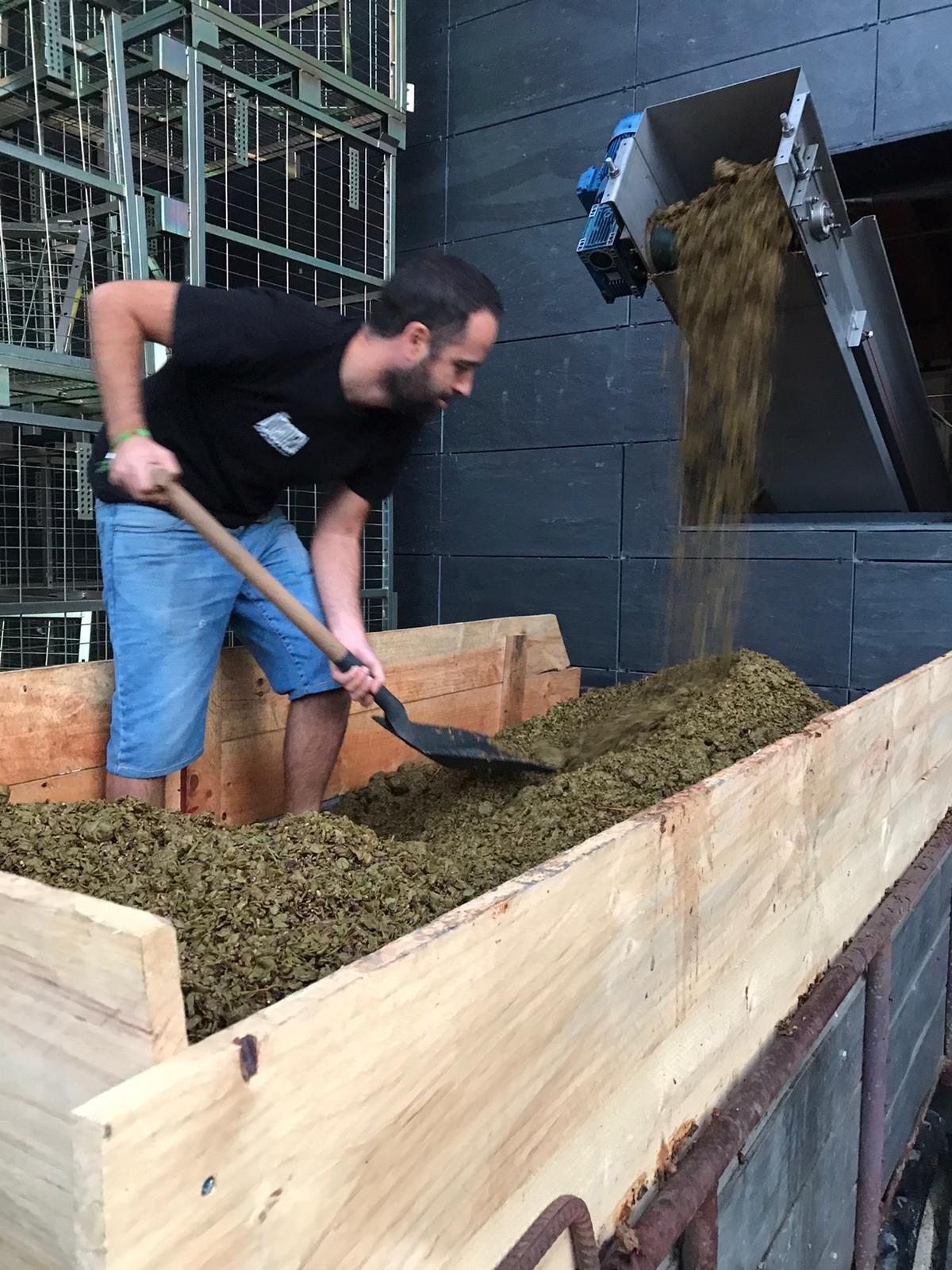
How�is�the�terroir�reflected�in�the� wines�of�Astobiza?
The wines express the unique nuances of the Hondarrabi Zuri grape as well as the terroir in whichtheygrow.ThemarkedAtlanticcharacterof the climate and proximity to the sea gives the wines pronounced salinity and the soil composition – made from a decomposed coral reef–impartsabriskminerality.
The estate sits above the mists of the valley, capturing all the solar energy thanks to its south-facing exposure, achieving a slow but sure maturation. All of these factors contribute to the character of the young wine, and their ability to makeaTxakolicapableofaging.

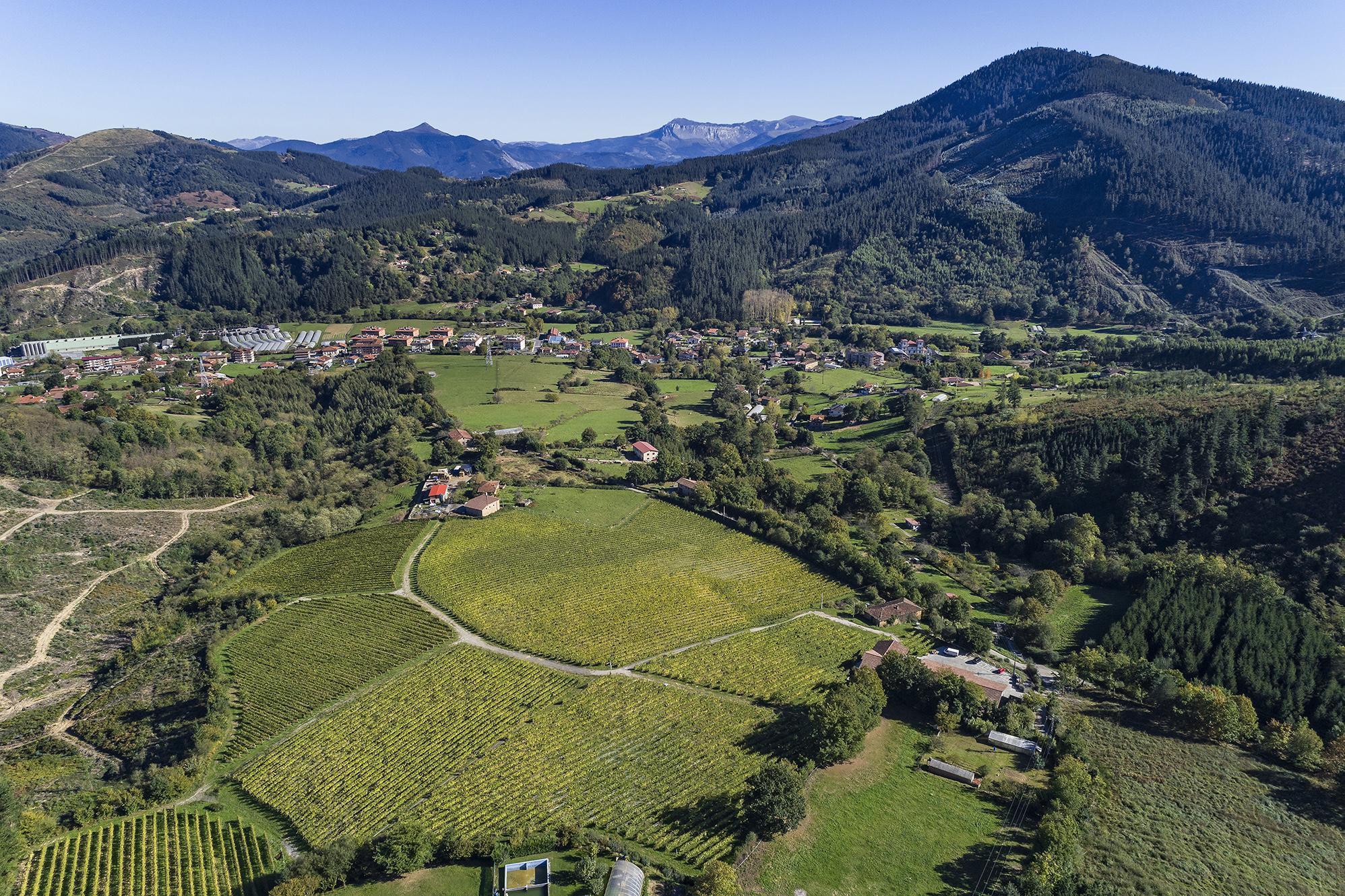
Singularities�of�the�winery
Astobiza’s privileged location is protected by the surroundinghills,andbybeingelevatedabovethe conditions on the valley floor. The winery team is alsoknownfortheirdedicationtoinnovatingnew
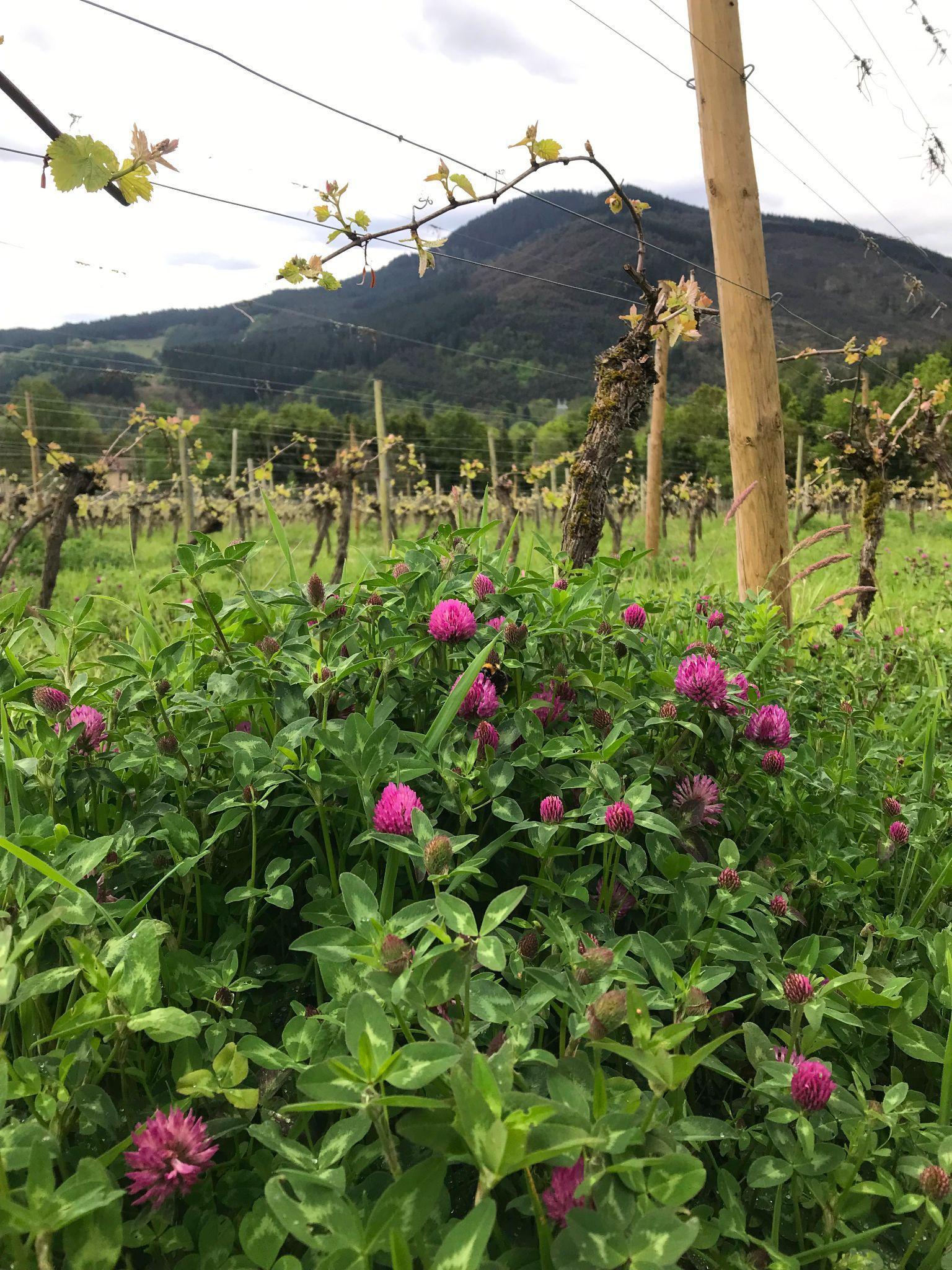

BODEGA�ASTOBIZA� PORTFOLIO:
Astobiza, Malkoa Private Reserve, Late Harvest
Astobiza
DO Txakoli de Álava
Varieties
100% Hondarrabi Zuri
Vinification

About 12 months in stainless steel tanks
Good�to�Know
Use of inert gases and microbacterial filter help stabilize the wine and maintain freshness




















































